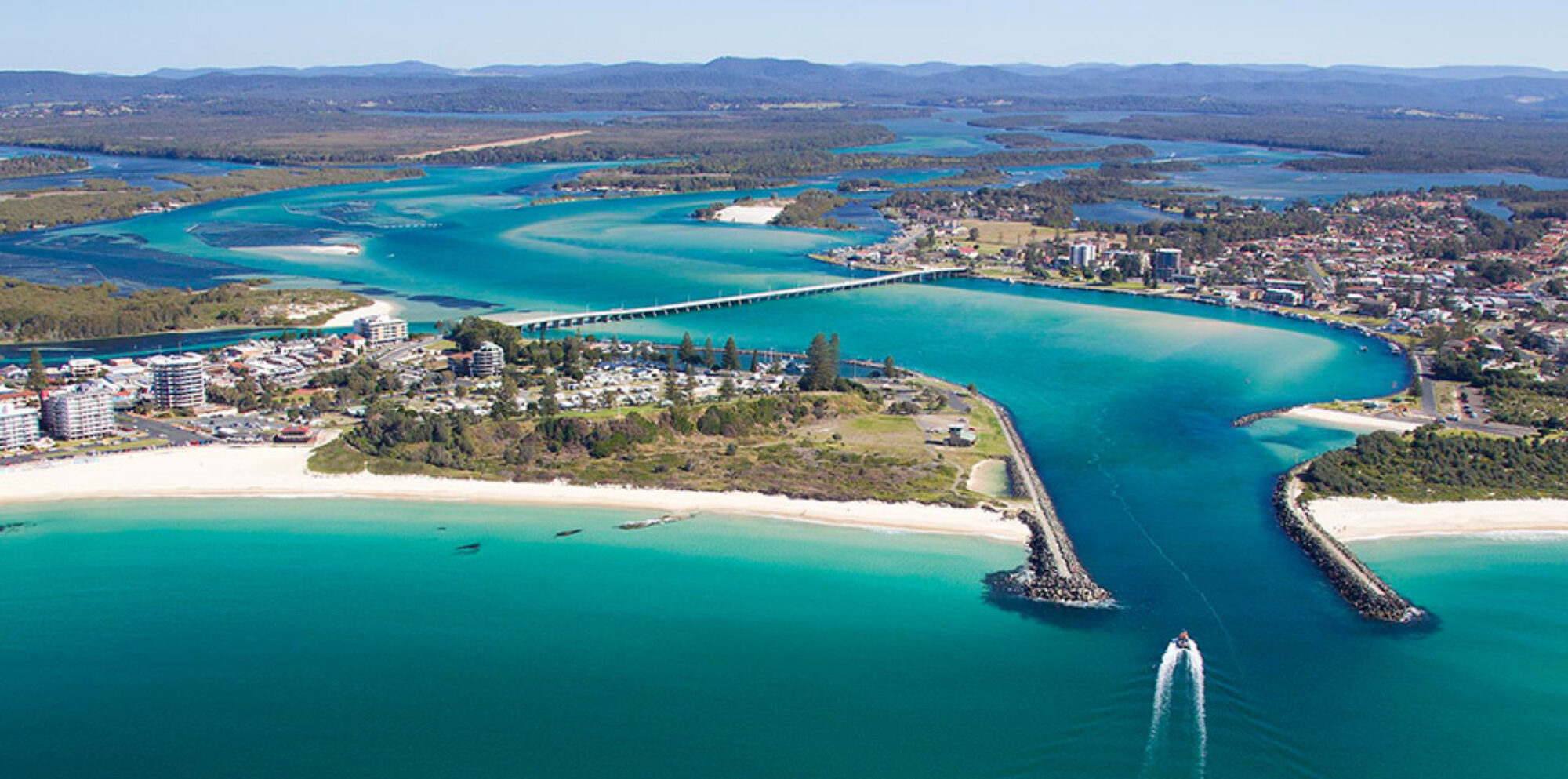Planning a route and using navigation skills is another important factor in ensuring a safe expedition or outdoor education experience and minimising the potential risks associated with the activity. Several factors need to be taken into account.
One of these is to look at the terrain that you are travelling through. Through the use of topographic maps, a clearer picture of the type of country that a group will be travelling through can be had and as a result, planned for. Eg- is it hilly? Will the group be walking through creeks, swamps or marshlands etc.
Another factor to plan for is to obtain the necessary permissions to bushwalk or hike. Is it all National Park or other public lands? Many walks have a combination of public land and private property. If this is the case, then it is important to contact the land owners to ensure that you have permission to enter their property.
Planning for water is also important. On longer walks, this becomes essential as it is often impossible to carry all of the water needed for the walk. Questions need to be asked about the availability of water, how potable (drinkable) it is, will purification be needed. This simple planning process can be the difference between an enjoyable trip and major illness.
Another important factor is planning for injury. Having “escape” tracks along the planned route will enable an injured person to be taken to safety more easily. This may mean planning for side tracks near major roads or to clearings in order to seek help more easily.
The use of GPS aids (eg- Garmin Inreach) has made the planning and navigation process easier. These tools enable real time location tracking and the use of interactive maps to monitor the progress of a trip. Another major benefit of these tools is the emergency beacon function. This can be used in emergencies to enable people to be located more easily.
